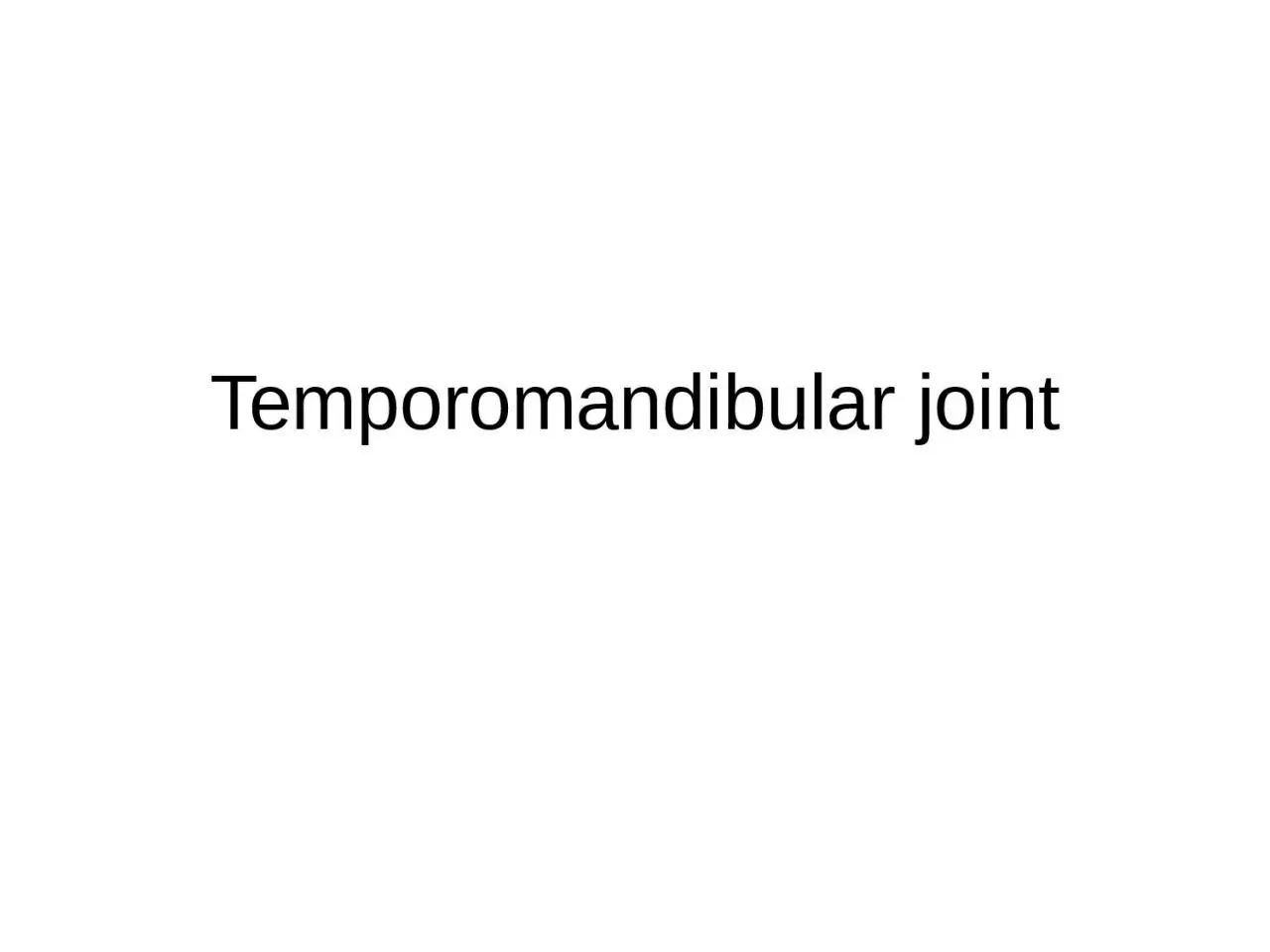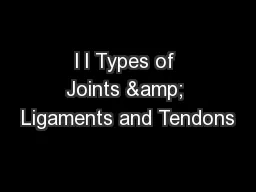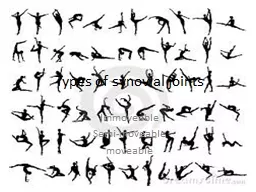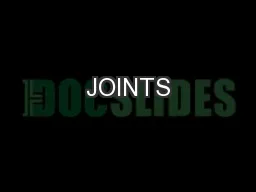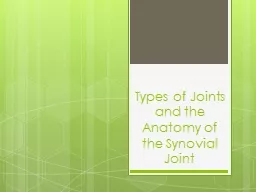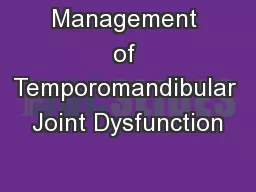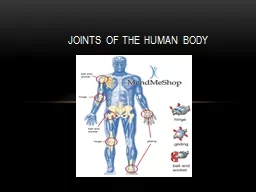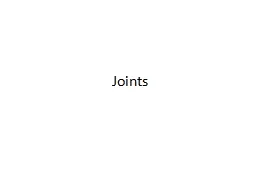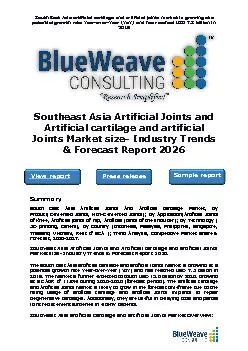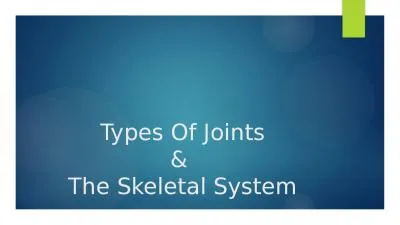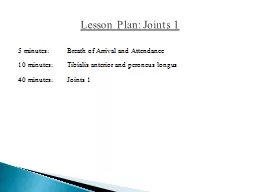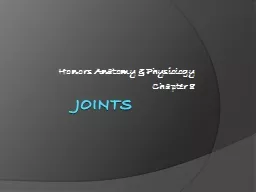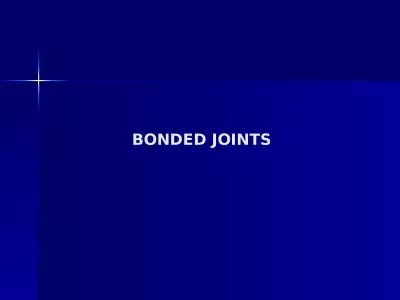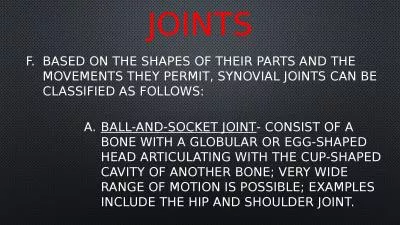PPT-Temporomandibular joint Types of Joints
Author : walsh | Published Date : 2024-01-03
Fibrous Two bones connected with fibrous tissue Limited movement Examples suture little or no movement gomphosis tooth PDL bone syndesmosis fibula amp tibia
Presentation Embed Code
Download Presentation
Download Presentation The PPT/PDF document "Temporomandibular joint Types of Joints" is the property of its rightful owner. Permission is granted to download and print the materials on this website for personal, non-commercial use only, and to display it on your personal computer provided you do not modify the materials and that you retain all copyright notices contained in the materials. By downloading content from our website, you accept the terms of this agreement.
Temporomandibular joint Types of Joints: Transcript
Download Rules Of Document
"Temporomandibular joint Types of Joints"The content belongs to its owner. You may download and print it for personal use, without modification, and keep all copyright notices. By downloading, you agree to these terms.
Related Documents

